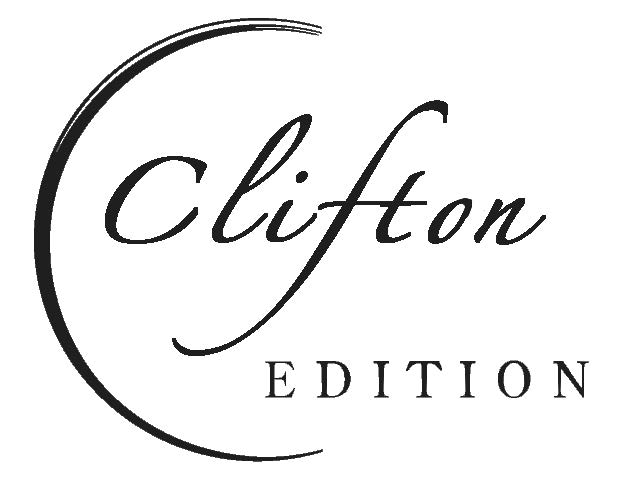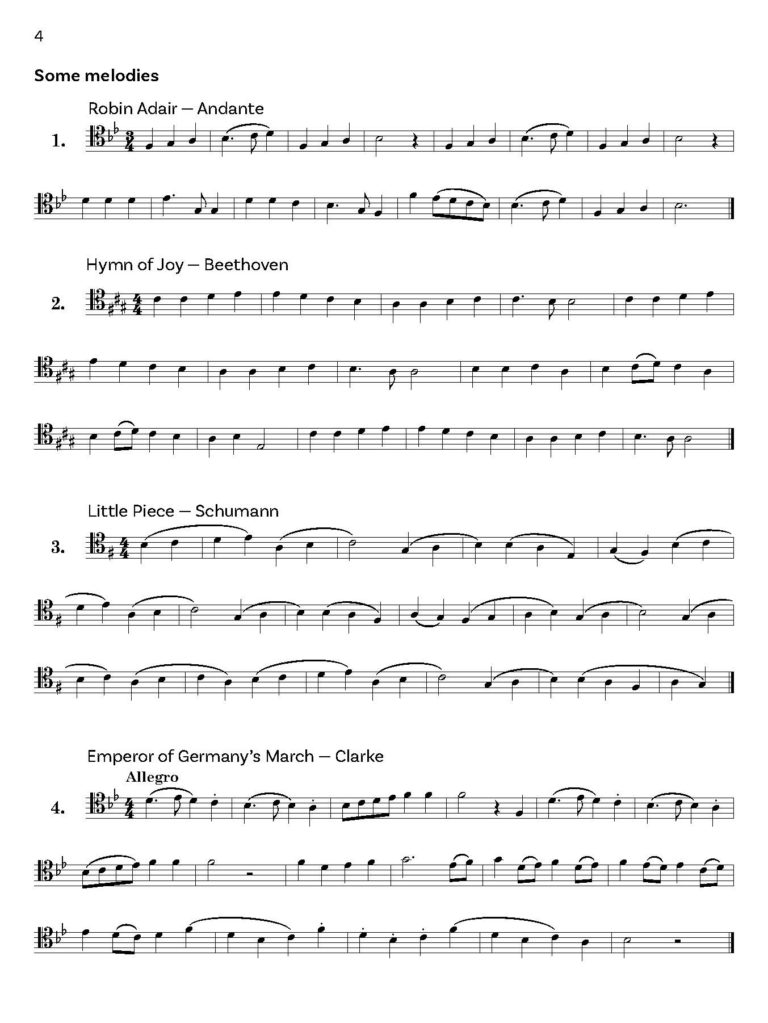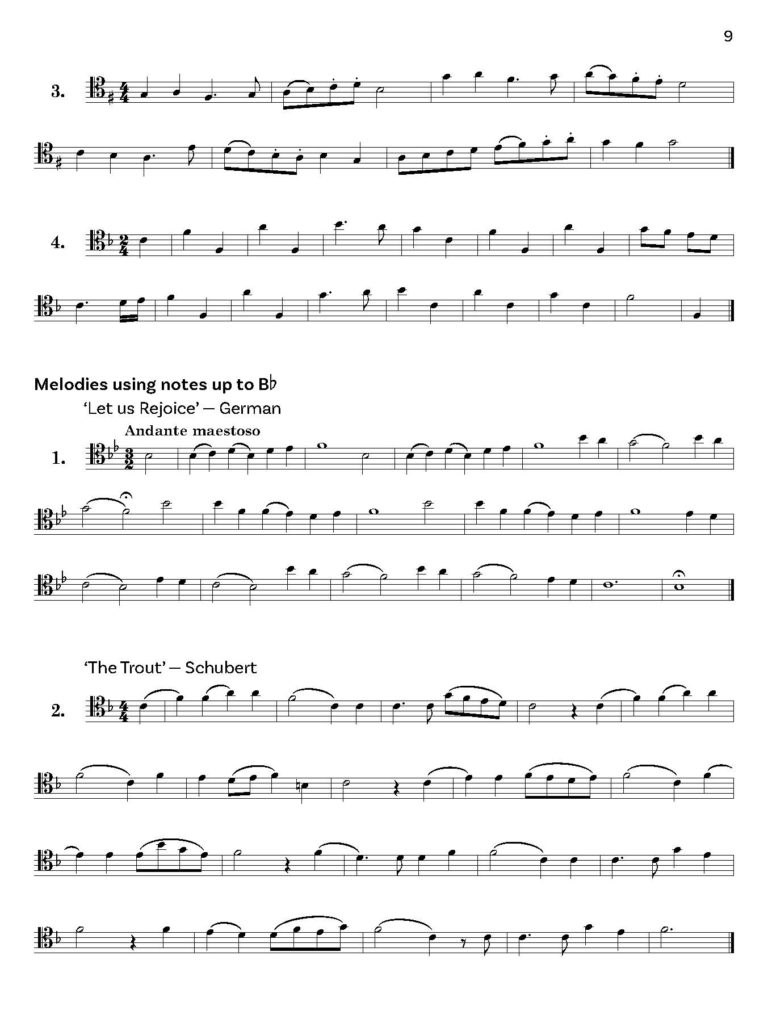Mainly for Bassoon players, but also useful for Cellists and Trombonists who wish to learn the Tenor Clef. This book covers the range of notes expected in Associated Board and Trinity grades, up to and including Grade 6. A knowledge of chromatic fingering up to F is assumed, so this collection should be used at about Grade 4.
Available material in tenor clef uses too many high, and technically difficult notes at the early stages. This book is intended to complement existing material by offering a gradual introduction to the tenor clef.
Eve White G.G.S.M., A.G.S.M.
To the student
When you are starting to read tenor clef, do not transpose (i.e. don’t think of the note as bass clef five notes higher or treble clef one note down and one octave down). Don’t write out the note
names. Try to read the notes. Work out the first note, then read the steps.
No marks of speed have been indicated in the exercises. It is better to play slowly and accurately at first, and then to choose a faster tempo.
These exercises and melodies are for sight-reading and rapid learning. They are not performance pieces, although the orchestral excerpts at the end could usefully be studied. Any bass
clef tunes, from tutors or simple collections, can be used for further practice. Just imagine a tenor clef and add one sharp (in sharp keys) or lose one flat (in flat keys) in the key signature.




